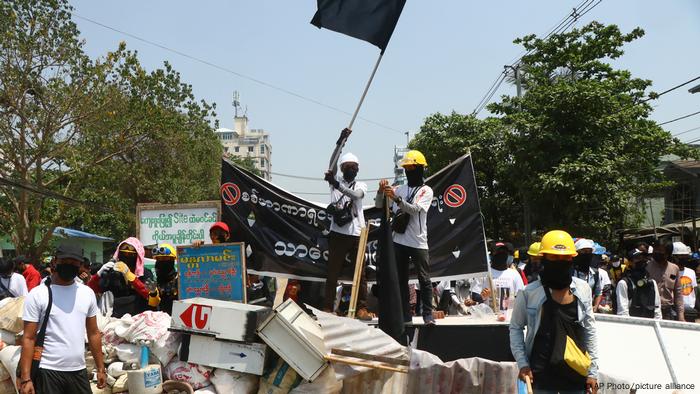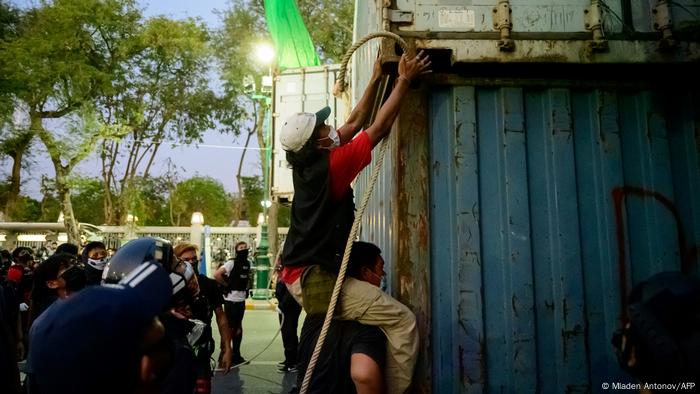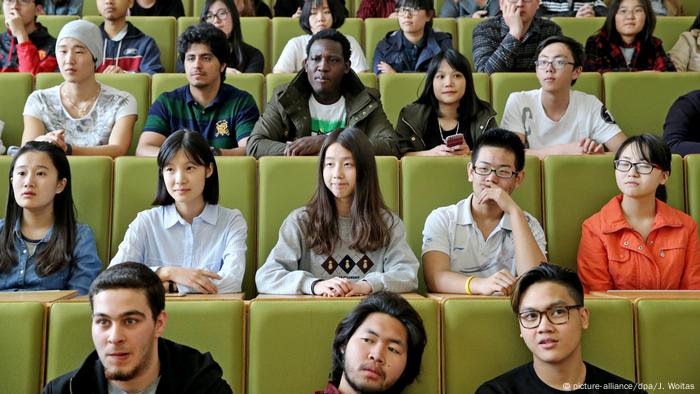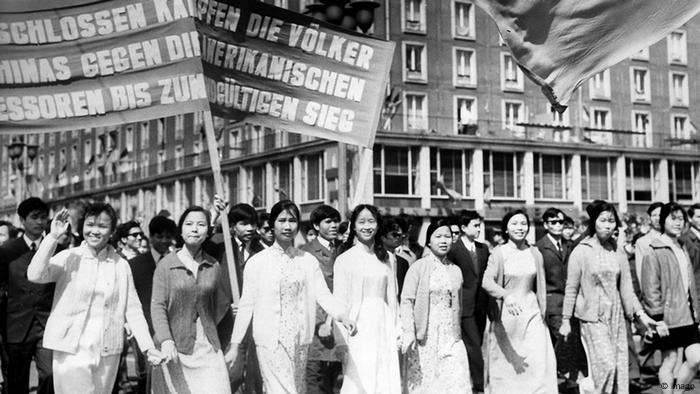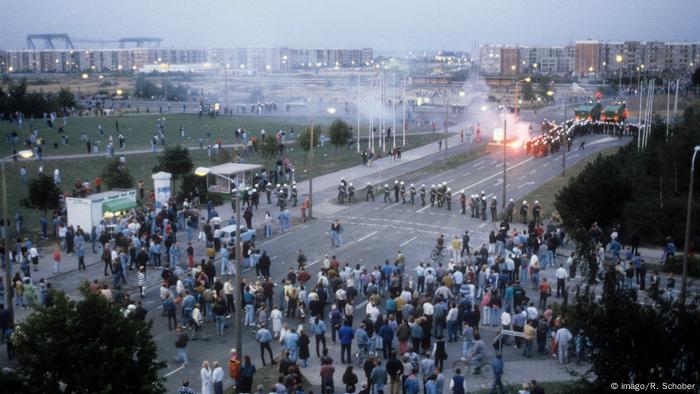
Senegalese youth inspired to work the land thanks to reality TV show
By: Nathalie GEORGES| Éric BERGERON
In a few weeks, the second season of the immensely popular reality TV show “Ferme Factory” (Farm Factory) will air across Senegal. But in contrast to the glitter and glamour usually associated with such shows, Ferme Factory is far from that: For four months, 20 contestants compete to get their hands as dirty as possible, facing various farming challenges, including both sowing and plowing. The winner is awarded with his or her very own farm, along with three years of agricultural training.
Aside from the entertainment value, the show is part of the government’s push to popularise the agriculture sector among the country’s youths, encouraging them to work the land rather than replacing the countryside with the city, or set out on the dangerous route of illegal migration.
Documentary by Arte



